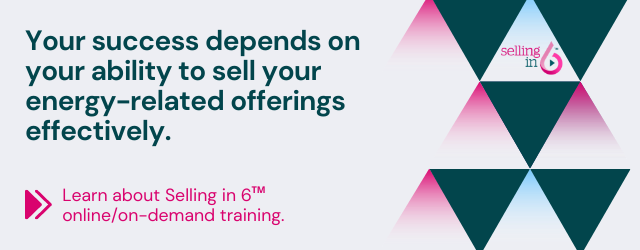I was recently asked about how to sell cogeneration systems effectively. For those not in the know, Scientific American offers a definition that’s fairly straightforward: “cogeneration—also known as combined heat and power, distributed generation, or recycled energy—is the simultaneous production of two or more forms of energy from a single fuel source.”

That may sound complicated to the layperson, so how do you make it sound appealing? Well, for one thing, you need to understand that these kinds of sales are more complex than, say, a lighting retrofit. There are more decision-makers involved and more criteria to be satisfied.
To begin with, this is a situation where you have more people to convince in order to make them believe in the benefits. You need to prove you can save energy. You need to prove that there may be behavioral impacts. You need to prove that using this system will be easier to maintain and will last twice as long as the alternative. There are a lot of moving parts here, and as a result you’ll be asking a lot of people to weigh in. There will be engineers involved. There may be sustainability advisors involved. There may be architects and other consultants to ensure everything meets code. There may be accountants crunching the numbers. In short: you really need to get all of your ducks in a row.
I’ve likened this kind of selling to being a conductor of a symphony. Without the proper planning you might get approved by one person, maybe two, but you might be stonewalled by a third or fourth. If you don’t get everyone to play ball, you’re going to be in trouble. Avoiding that scenario requires the essentials you need for every efficiency project: an elevator pitch, a one-page proposal, and a one-page financial summary. You may need several versions of all three in order to appeal to different people at different levels. Or perhaps a global one-page proposal, something general that will help you soft-circle approval from most of the players. The financials need to appeal to everyone as well and provide answers to the usual questions. What if natural gas prices go up? What if electricity prices stay stagnant or even decline? How might a carbon tax influence the economics?
Another important tip: you’ll also need an engineer to do simulations in order to figure out when and where energy is going to be saved and how persistent those savings will be. And they need to consider multiple “what if” scenarios.







